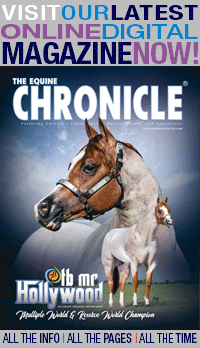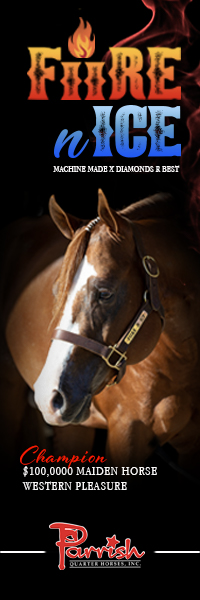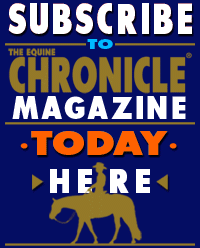AAEP Releases Revised Guidelines For Deworming Horses
September 17, 2019 Comments Off on AAEP Releases Revised Guidelines For Deworming Horses
This new information was released in response to a Task Force that was created with providing a comprehensive set of recommendations to develop improved strategies and programs for parasite control, as opposed to frequently used concepts that are more than 50 years old.
Continue reading …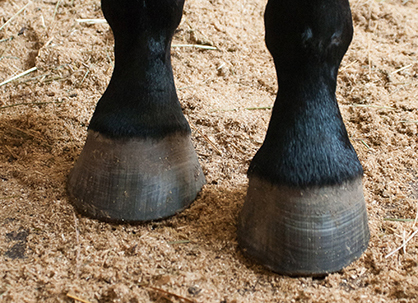
Most horses have naturally asymmetrical hooves – one foot has a higher heel and the other one has a longer toe. This has in part to do with their grazing preference and their “handedness.” Some argue that it might even depend on the horse’s position in the uterus, so the appearance of the hooves is complex even before you add the wear and tear of an average horse.
Continue reading …American Humane Deploys Rescue Team to Save Animals in Bahamas
September 16, 2019 Comments Off on American Humane Deploys Rescue Team to Save Animals in Bahamas
“Downed power lines, dangerous debris, and contaminated water are just a few of the extensive challenges our team will face. Animal survivors will search for food and water, and will likely be injured, disoriented or confused. They will be scared and more aggressive or self-protective. It is why we are only sending our most experienced rescuers.”
Continue reading …Setting SMART Goals For the Show Season
September 13, 2019 Comments Off on Setting SMART Goals For the Show Season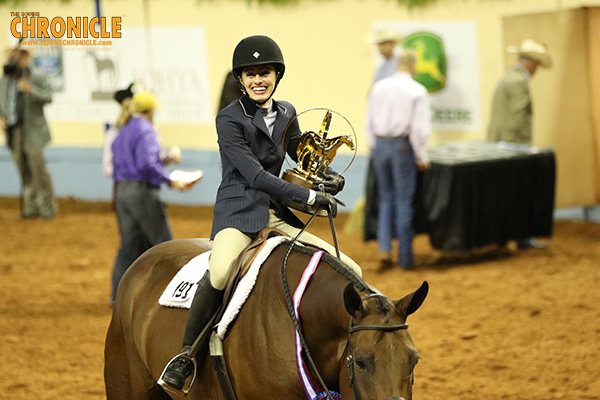
While an attainable goal may be difficult to achieve, the goal is not extreme. That is, the goals are neither out of reach, nor below standard performance, as these may be considered meaningless. When you identify goals that are most important to you, you begin to figure out ways you can make them come true. You develop the attitudes, abilities and skills to reach them.
Continue reading …Whole Food Options to Boost Protein Quality For Your Horse
September 10, 2019 Comments Off on Whole Food Options to Boost Protein Quality For Your Horse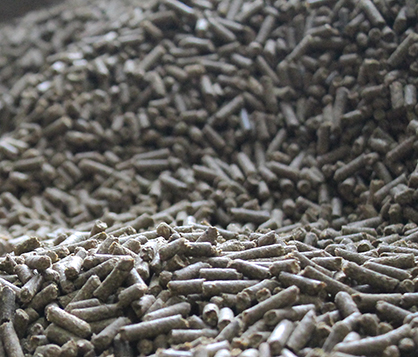
On average, a 1,100 lb (500 kg) adult horse at maintenance, will require a minimum of 630 grams of crude protein per day. As exercise increases, values can increase to approximately 1,000 grams/day. Growing horses require more, and pregnancy and lactation can double the maintenance requirement.
Continue reading …Learn How Classes are Judged With APHA’s HorseIQ
September 9, 2019 Comments Off on Learn How Classes are Judged With APHA’s HorseIQ
In a groundbreaking move, APHA has created an innovative online exhibitor educational platform called HorseIQ. The first of its kind, HorseIQ brings exhibitors up to speed with current rules and judging standards in dynamic, easy-to-access, affordable modules.
Continue reading …Being Overweight Doesn’t Mean Your Horse Has a Metabolic Issue
September 8, 2019 Comments Off on Being Overweight Doesn’t Mean Your Horse Has a Metabolic Issue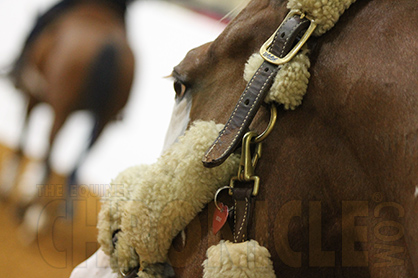
As obesity develops in people, so does a clear picture of higher inflammatory cytokines circulating in their blood, and increasing insulin levels reflecting insulin resistance. This simply does not hold true for horses.
Continue reading …Endocrine-Disrupting Chemicals May Play Role in EMS
September 7, 2019 Comments Off on Endocrine-Disrupting Chemicals May Play Role in EMS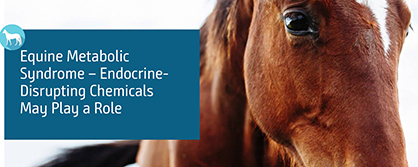
Morris Animal Foundation-funded researchers at the University of Minnesota found endocrine disrupting chemicals (EDCs) in a horse’s environment may play a role in the development of equine metabolic syndrome (EMS).
Continue reading …Returning to High Level Competition After Colic Surgery
September 5, 2019 Comments Off on Returning to High Level Competition After Colic Surgery
Fifteen feet of Monty’s small intestine needed to be removed because it was irreversibly damaged and a jejunocecostomy was performed, in which the remaining small intestine was reattached to empty into the cecum, the first section of the large intestine.
Continue reading …Researchers Study Interaction Between the Horse’s Hoof and the Ground
September 3, 2019 Comments Off on Researchers Study Interaction Between the Horse’s Hoof and the Ground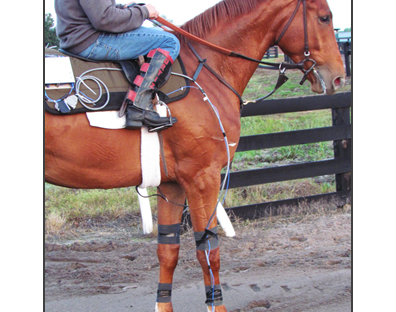
When the hoof is on the ground, this stance is divided into four phases: primary impact, secondary impact, midstance, and breakover, during which the hoof experiences different forces and accelerations. Each phase is associated with a risk factor for injury; however, it is difficult to identify mechanical cause of injury.
Continue reading …